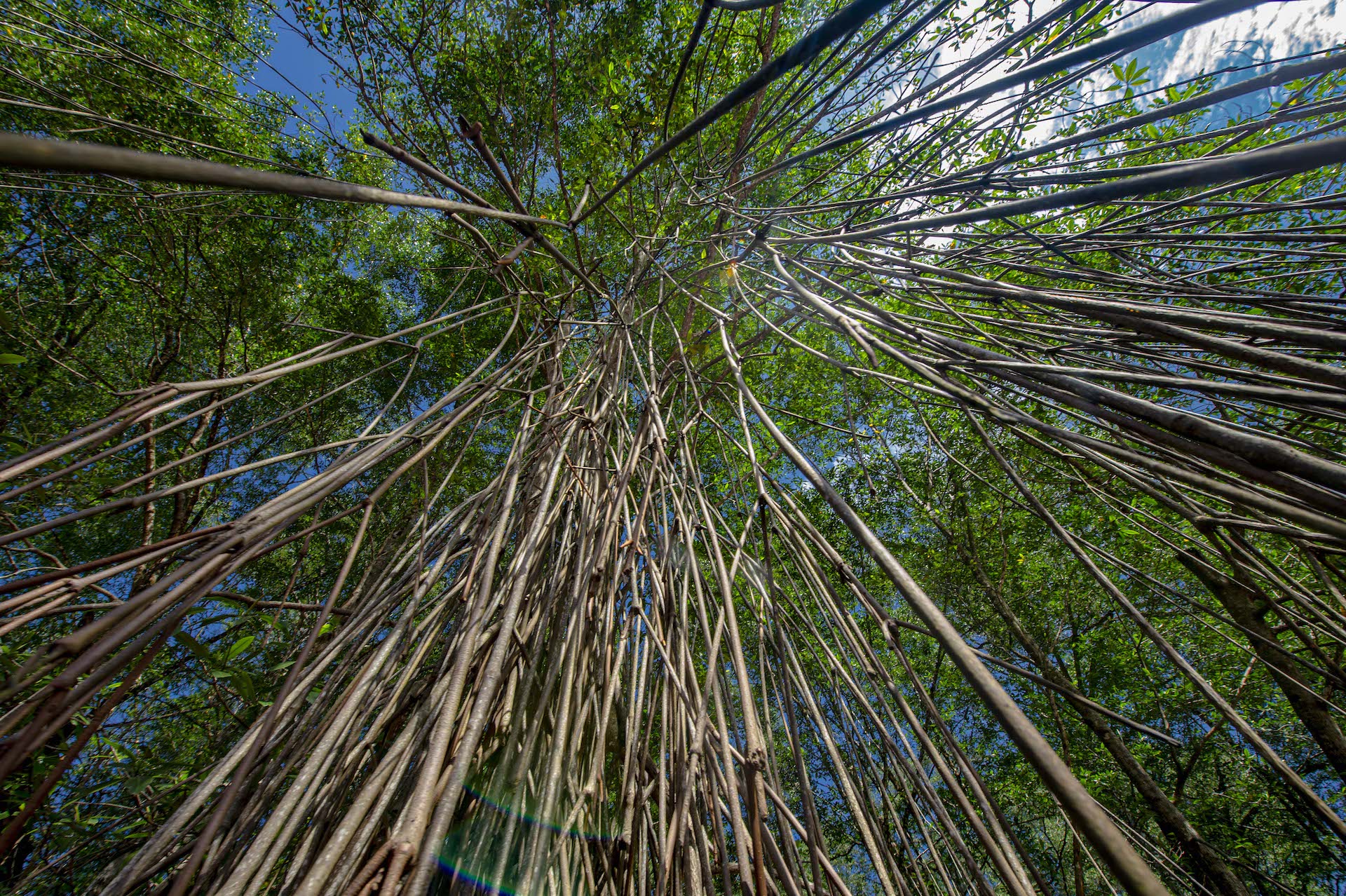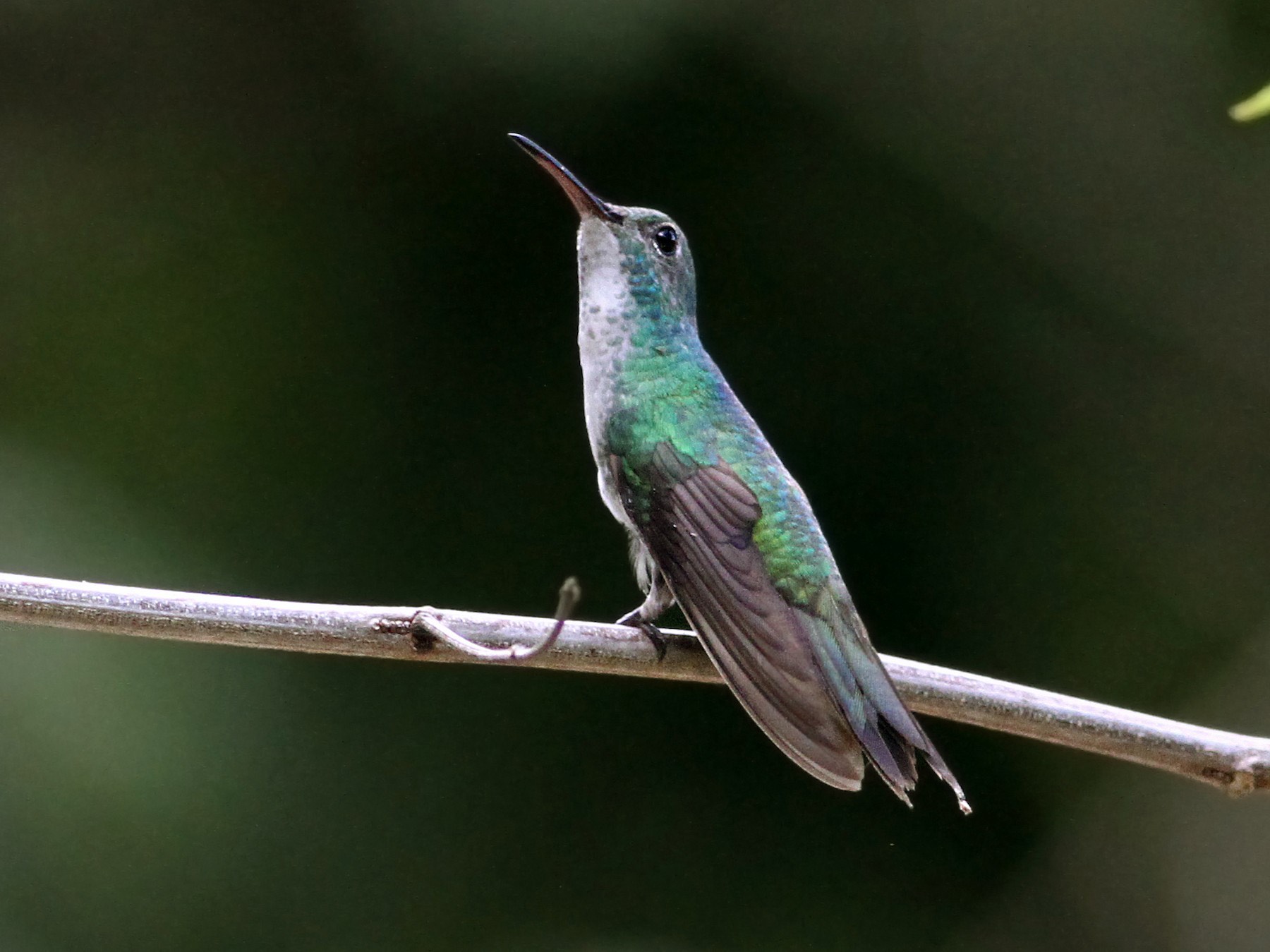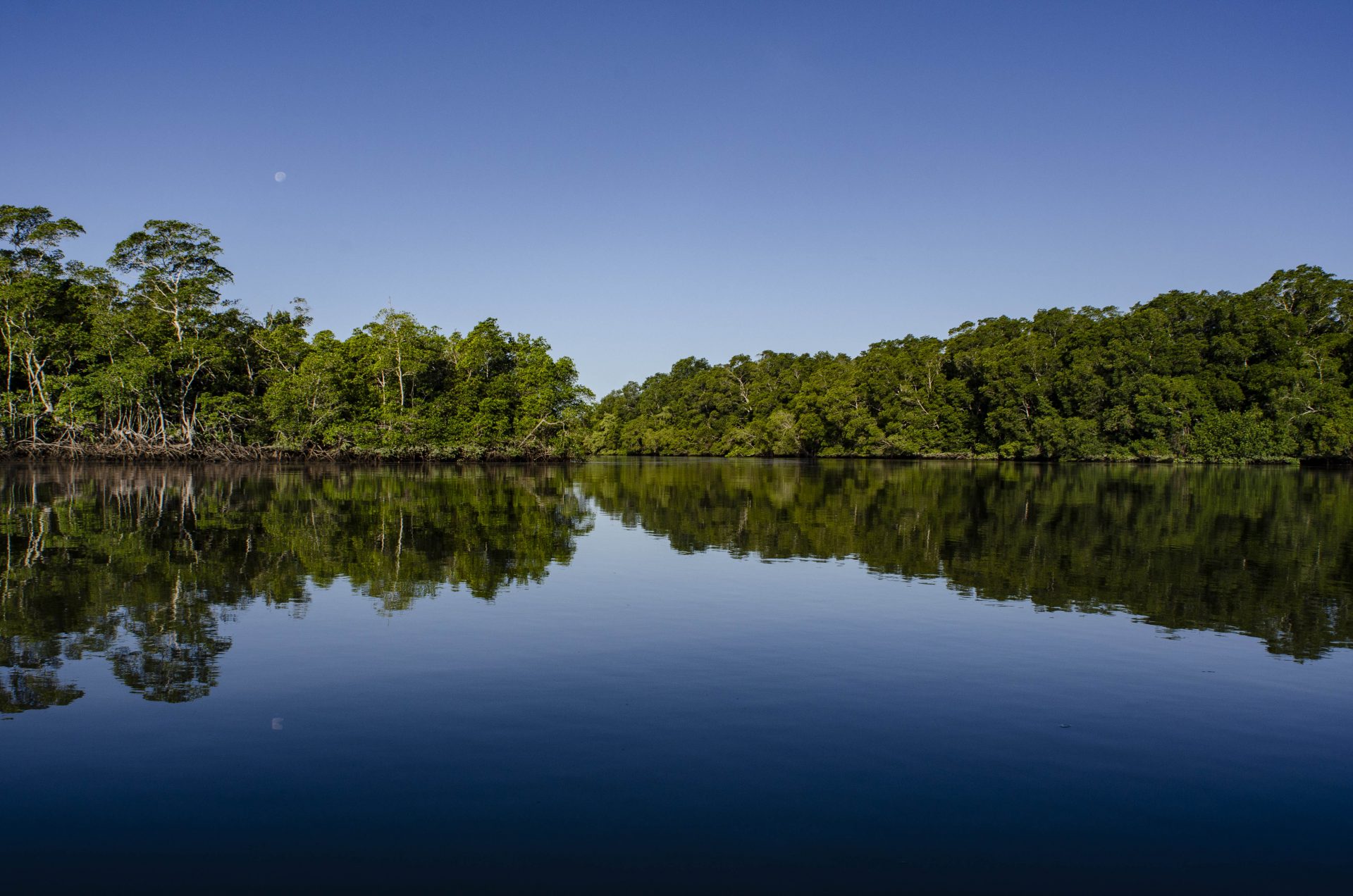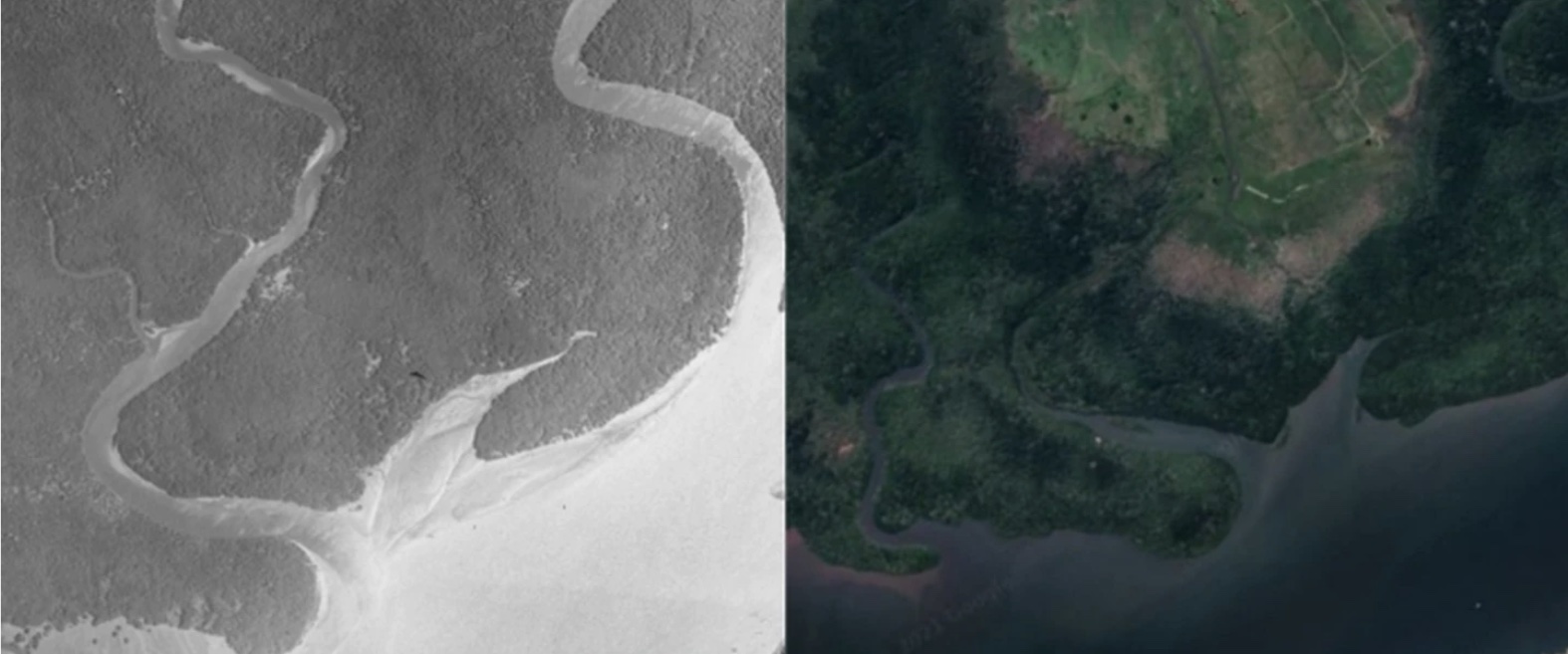Mangroves depletion in Central Pacific of Costa Rica

What are mangroves?
Mangroves are ecosystems located in tropical areas around the world. They are the transition from land to sea and they are home to an enormous and unique biodiversity that is favored by the mixture of salt water and fresh water. The UN recognizes them as natural shields against climate change due to their ability to prevent erosion and flooding, as well as capture greenhouse gases.
Importance of mangroves
They are often underappreciated for their muddy aesthetics, but these forests represent the transition from terrestrial to marine ecosystems. The roots of the mangroves located there are capable of growing above and below humid soils, therefore, these trees can grow in salt water and are capable of protecting the coasts. In addition, they serve as a natural shield by absorbing more carbon dioxide (CO2) than terrestrial forests.
Although climate change cannot be directly related to the loss of mangroves, scientists agree that without these marine forests, erosion is greater and there is less natural containment against floods and environmental catastrophes.

Migratory birds and the mangrove
Mangals (Mangroves) are migratory passage areas and refuge for more than 12% of the birds recorded in Costa Rica, among them the “mangrove hummingbird” (Amazilia boucardi), endemic to Puntarenas and which is in danger of extinction.
What are the causes of mangroves depletion in Central Pacific?
Business and agriculture.
The first interventions and felling of the mangrove in the Pacific coast had to do with charcoal production, making ink to dye leather, salt ponds and shrimp farming. There are also records from the beginning of the last century when ice was transported with sawdust through the mangrove channels that were the main connector of the towns with the coastal port.
Population growth and comercial development.
Puntarenas in the Central Pacific had the first tourist beach in the country and the first commercial port, which increased business and population growth.
Bad agricultural practices.
The hydrocarbon pollution has been significant, as well as that caused by cane waste generated as part of the sugar production industry and other agricultural related products that causes mangroves depletion.
Pollution
The greatest pollution is periodically brought by the Tempisque, Barranca and Tárcoles rivers, dragging from upstream garbage and sewage that comes from the metropolitan area of Costa Rica.
Burning of cane fields
A large amount of cane to produce sugar is harvested by burning cane fields. Environmentalists agree that there are areas that, due to their proximity and impact, should not be used for crops, much less harvested by burning.
Sedimentation
An example is a tree that over time is buried alive by the sand that begin to surround it. This phenomenon makes it impossible for boats to circulate at low tide, even those that are artisanal. This occurs due to earthworks and works around the rivers.
This situation also affects tourist guides and boat owners who pay their water use tax, and mainly the coast guard patrols that depend on the timing of the tide.

Costa Rica start recovering the mangroves in Gulf of Nicoya to counteract mangroves depletion
In 2020, the recovery of 300 kilometers of mangrove swamp began by opening channels to allow salt water to enter, a project managed by Catie.

